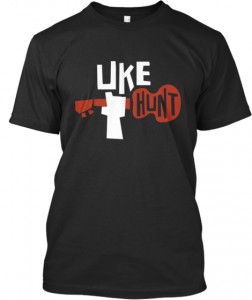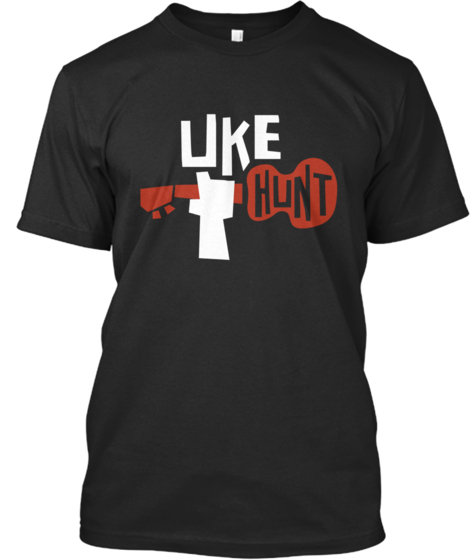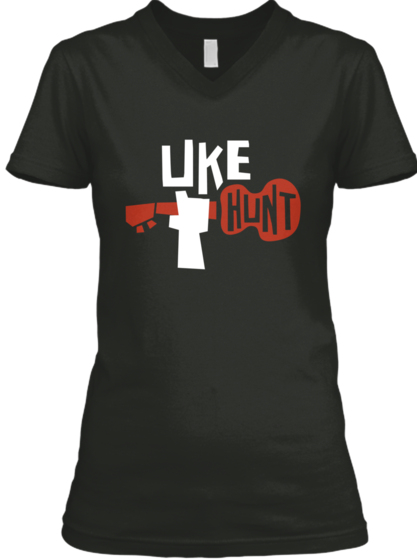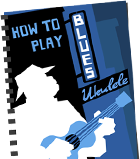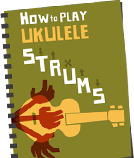My usual advice about strumming patterns is to not worry too much about it and try a few to see what suits you. But some songs have strumming patterns so perfect they become its central feature. The good news is that you can’t copyright a strumming pattern (if you could Metallica would have done it by now). So you’re free to pinch these and use them as you wish. You certainly wouldn’t be the first.
Here’s my choice of the most iconic strums ever. If you’ve got one I missed leave it in the comments.
The videos here all show the strum played slowly at first (on a Bb chord) then up to speed (with chord changes where they’re useful). Some of the strums are complex so they’re shown using slash notation. You can learn more about that here and learn everything you need to about strums in my ebook How to Play Ukulele Strums.
Strum-Diddley-Umptious
Officially the greatest strumming pattern in history (according to the person who decides these things: me).
The Bo Diddley beat made up half of Bo Diddley’s catalogue (including Hey, Bo Diddley, Mona, Bo Diddley and I’ve had it Hard) and has been producing hits ever since including George Michael’s Faith, John Lennon’s Dear Yoko, The Strangeloves’ I Want Candy, Guns ‘n Roses’ Mr Brownstone, The Clash’s Rudie Can’t Fail, U2’s Desire, KT Tunstall’s Black Horse and the Cherry Tree and Hüsker Dü’s Hare Krsna.
Like a lot of strums in this post, the “x”s here represent muted strums.
Fell in Love with a Strum
d – d u – d –
This strum is the most adaptable strum there is. I include a whole bunch of songs that use it here. But no song uses it as the central feature of the song as effectively as Fell in Love with a Girl by The White Stripes.
No nonsense and in your face. It’s the Meg White of strumming patterns.
Proclaiming Strum
d – d – d – d u
d u d – d – d –
If ever a strumming pattern had a Scottish accent it’s the one that kicks off I’m Gonna Be (500 Miles) by The Proclaimers. It’s amazing that a simple two bar pattern can be so associated with one song.
Get Strummy
All the strumming hand has to do in this one is a constant down, up, down, up… (just imagine DJ Khaled has stepped up in the building). All the fancy stuff is created by muting some strums at letting others play.
Like most funky rhythms, it’s syncopated and can take some work to get down. This is one to practice slowly before trying to go at it full speed.
Strums Like Teen Spirit
Muted strums are used in a more in your face manner here to punctuate the chord changes.
Links
How to Play Ukulele Strums
13 Most Useful Strumming Patterns
Intricate Strumming

This work is licensed under a Creative Commons Attribution 4.0 International License.






